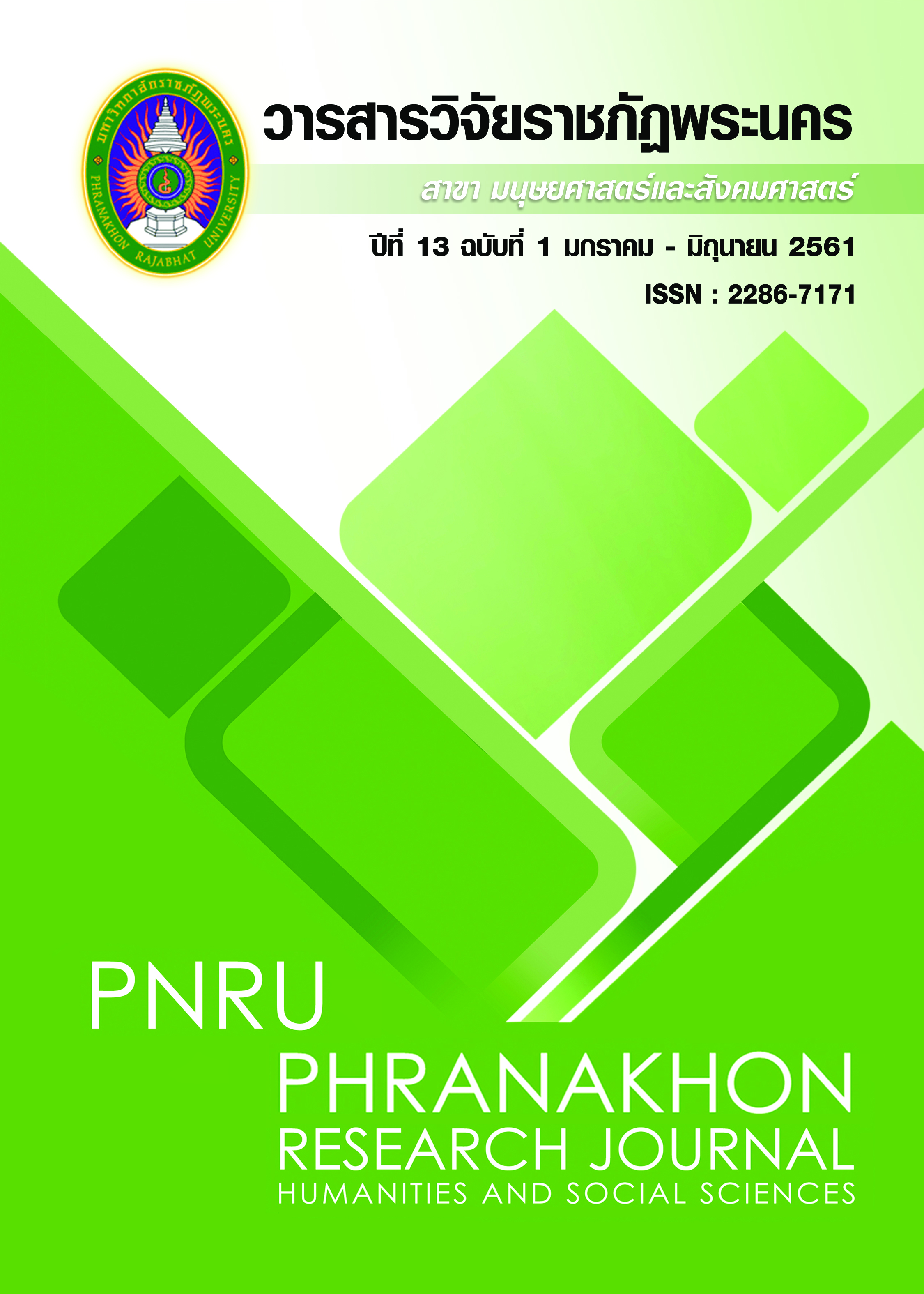การประยุกต์ใช้แนวคิดภูมิสังคมสําหรับการเรียนการสอน วิชาออกแบบสถาปัตยกรรมแบบการพัฒนาเชิงพื้นที่
Main Article Content
Abstract
Learning approaches’ development for architectural design by application of geo-social
concept that Consistent with MaeJo University’s Vision. That’s a Guideline for Creating an Identity in Learning for University and Lead Students to Self-Learning. By defining learning process in 6 Steps: (1) Student Selection (2) Interest determination (3) Data Collection (4) Data Analysis (5) Architectural Design, along with (6) Developing an Assessment Approach. The Result Shows that can be summarize as a design architectural learning guideline of areas-based learning and step of Assessment Approach. That leads teacher and student are development to life-long learning: living, learning and professional practice are according to the Royal Initiative of His Majesty King Bhumibol Adulyadej, King Rama IX on the sufficiency economy’ concept.
Article Details
Each publish articles were copyright by Phranakorn Rajabhat University
Any contents which appeared in each articles in the journal were authors personal opinion. It did not relate to Phranakorn Rajabhat University and other instructors in the university. Each authors would take responsibility on their articles. If there are any mistake, the authors will take responsibility themselves
References
Dhewakul Taweeprangsri, P. (2011). Wording thinking architecture. Bangkok: Li-Zen Publishing Limited. (in Thai)
Faculty of Architecture. Chulalongkorn University. (2002). Architectural education innovation. Retrieved October 10, 2016 from http://pioneer.chula.ac.th/~yongyudh/book2/architectural-education-innovation-2.html. (in Thai)
Horrayangkul, W. (2011). Environmental psychology a basic for creation and management of livable environment. Bangkok. G.B.P Center. (in Thai)
Mengbut, S. (2016). Khaothong’s natural resource learning center for sustainable. Bachelor of Architecture. Department of Architecture Faculty of Architecture and Environmental Design Maejo University. (in Thai)
Mookpradit, M. (2016). Geo-social and concept of Royal initiative. Retrieved January 10, 2017 from http://www.dsdw2016.dsdw.go.th (in Thai)
Natesuwan, T. (2017). Wetland research and development for self-reliance center of Bunreuang District Chiangrai province. Bachelor of Architecture. Department of Architecture Faculty of
Architecture and Environmental Design Maejo University. (in Thai)
Office of National Economic and Social Development Board. (2008). Learn the principles of works in His Majesty. Bangkok: Office of National Economic and Social Development Board. (in Thai)
Office of the Royal Development Project Board (ORDPB) (1992). Geosocial. Retrieved 6 September 2017 from http://km.rdpb.go.th/Knowledge/View/33 (in Thai)
Patumanon, T. (2010). Psychology of human architecture. Bangkok: Li-Zen Publishing Limited. (in Thai)
Phattanawasin, S. (2007). Development of Tectonics in contemporary architecture. Journal of Architectural/Planning Research and Studies, 71-87. (in Thai)
Sintungam, Y. (2014).Problem-based Learning. Retrieved August 20, 2017 from http://www.vcharkarn.com
Sringuanyoung, K. Dean, Faculty of Architectural and Environment Design, Maejo University. Interview on August 21, 2017. (in Thai)
Wongsom, P. (2017). Research methodology in Pre-Thesis Learning: Department of Architecture Faculty of Architecture and Environmental Design Maejo University. (in Thai)


